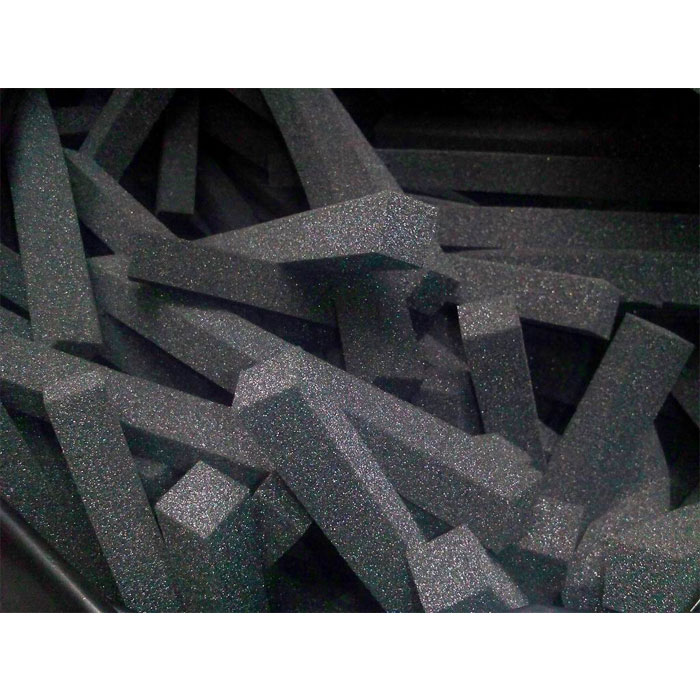The main differences between hard and soft polyurethane foams are as follows:
Density:
Hard polyurethane foam: usually has a higher density (about 30-200 kg/m³), providing better structural strength and support capacity.
Soft polyurethane foam: has a lower density (about 10-40 kg/m³), is softer and more flexible.
Application areas:
Hard polyurethane foam: widely used in building insulation, refrigeration equipment, automotive parts and other places where strength and thermal insulation are required.
Soft polyurethane foam: commonly used in furniture pads, mattresses, car seats and other products that require comfort and elasticity.
Physical properties:
Hard foam: has strong rigidity, good compression resistance and is not easy to deform.
Soft foam: has good resilience and compressibility, and can adapt to the shape well.
Thermal insulation performance:
Hard foam: usually has excellent thermal insulation performance and is suitable for use as a thermal insulation material.
Soft foam: has relatively poor thermal insulation performance, but can still provide a certain thermal insulation effect.
Manufacturing process:
Hard foam: usually adopts a continuous production process, which requires more complex equipment.
Soft foam: Generally, the production process is relatively simple and easy to process and shape.
These differences make hard and soft polyurethane foams suitable for different industries and needs.


